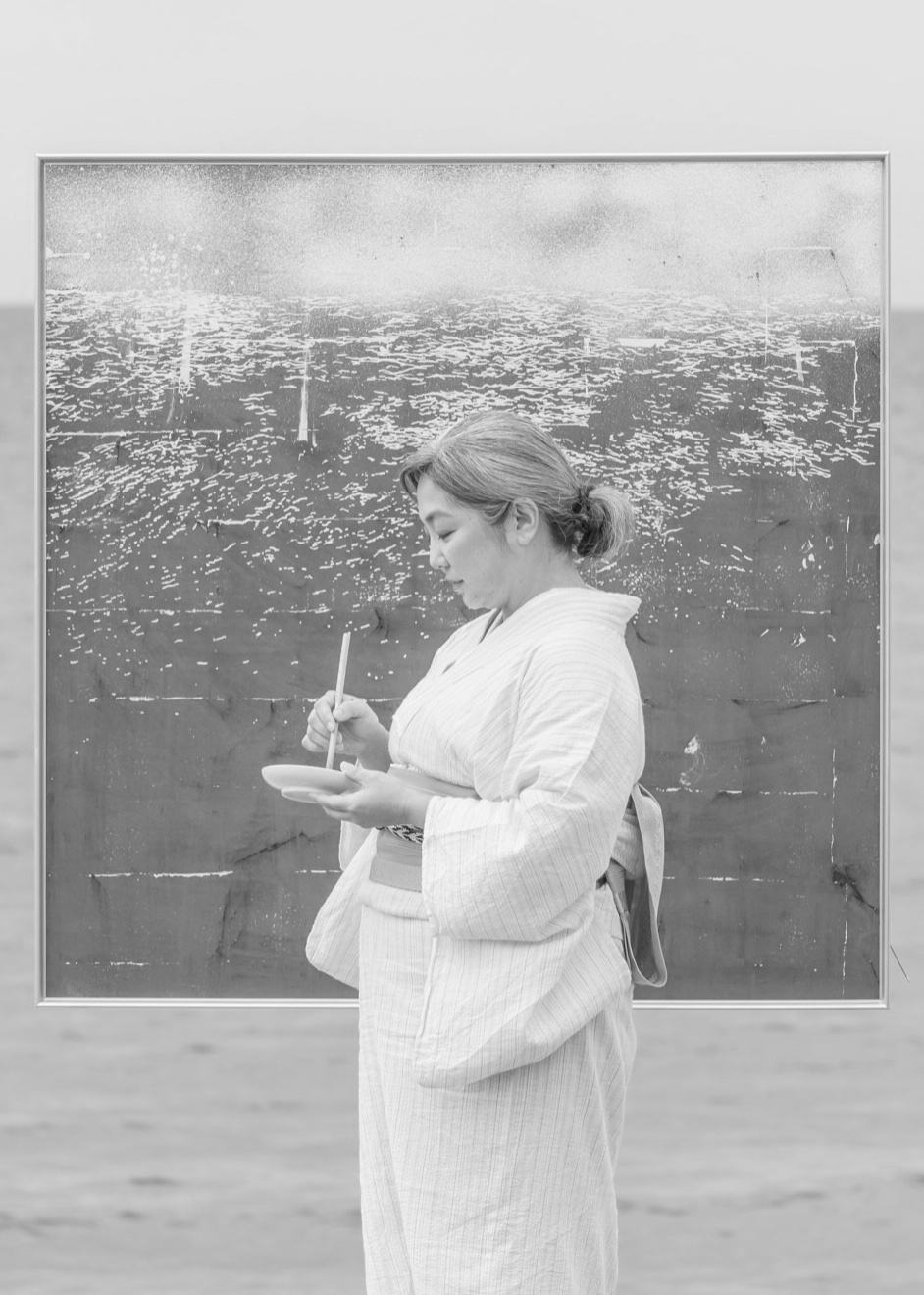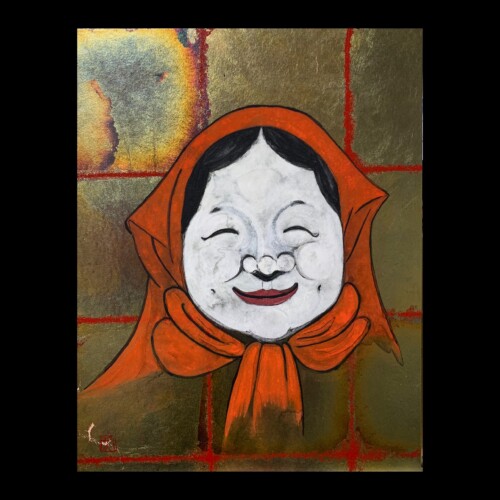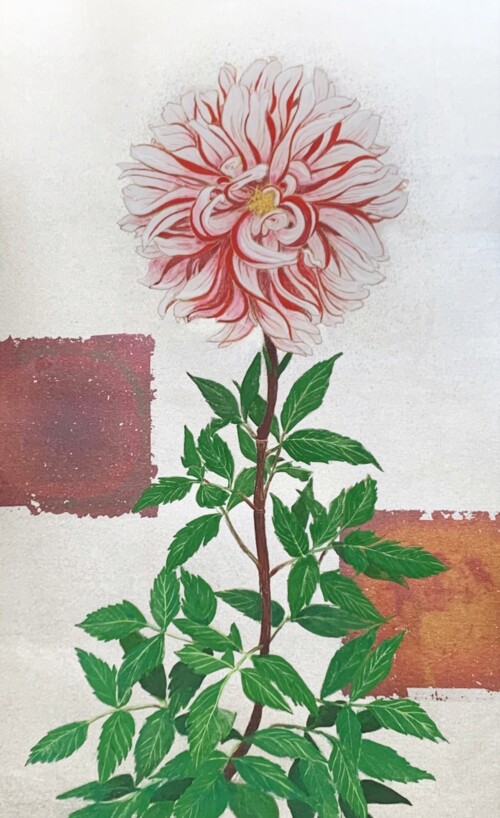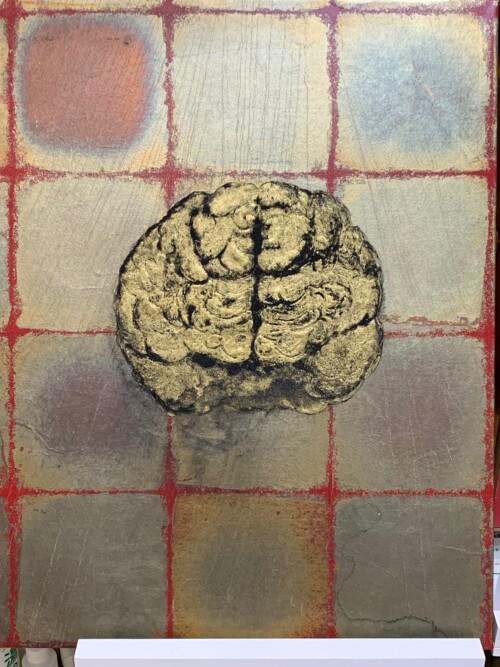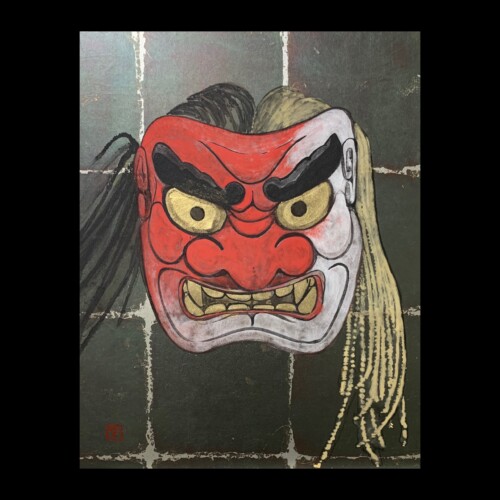BIOGRAPHY
Born in Miyazaki Prefecture, Japan, in 1975, I’ve loved drawing since childhood, inspired by my father’s dream of becoming an illustrator. Art has always been in my family—My great-grandfather was also a skilled artist, carving Buddhist statues and creating Ceiling painting at the Shrine.
I entered Fukuoka University of Education, I joined the Japanese-style painting laboratory, studying under Professor Koji Mizutani. It was my first exposure to Japanese-style painting, realizing that the art I admired since childhood was created in this style. Fascinated not only by the beauty of their materials but also by their scientific aspects. I learned to observe subjects, grasp their essence, and convey them minimally on paper.
After college, leading me to explore Japanese painting independently.
I began my career as a full-time artist in 2013.
Since 2018, I exhibited at Art , represented by Gallery 1000A from India. Introducing my “Landscape” series, utilizing the yaki-haku technique of Japanese painting, reflecting the aesthetic sense of Japanese people perceiving landscapes in empty spaces.
Since then, I’ve been painting both realistic and abstract pieces.
CV
◎Art Fairs
2021 MANILA BANG International Art Show
2020 One Art Taipei 2020
2016/2018/2019 Art Gwangju
2018/2019 UNKNOWN ASIA Art Exchange Osaka
2018 Art Asia
◎Awards
2021 4th International Shoga Exhibition Fukuoka Cultural Federation Award
Beautiful Earth: Cultural and Biological Diversity Art Exhibition Gold Award
◎Residencies
2019 Kyushu International Art Camp
2016 Exhibition of Artists from Korea, China, and Japan Painting Gyeongju
◎Collections
The Ritz-Carlton Fukuoka /The Westin Tokyo/Leepa-Rattner Museum of Art/Dunedin Fine Art Center/Art Asia Foundation
STATEMENT
I extend my range of artistic expressions through both traditional Japanese-style painting and contemporary abstract painting. I learned to observe subjects, grasp their essence, and convey them minimally on paper. These works employ a traditional Japanese painting technique known as “yaki-haku” or “silver sulfide” where silver leaves undergo a chemical reaction with sulfur to evoke the textured aesthetic of wabi-sabi.
